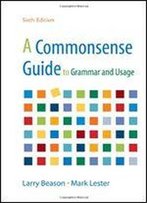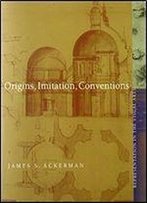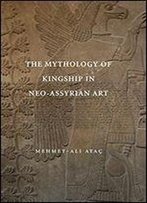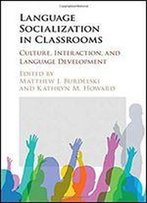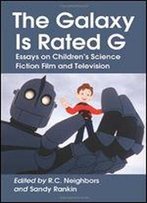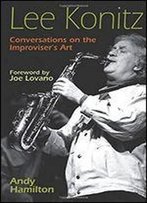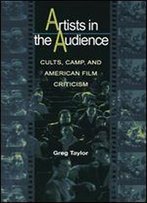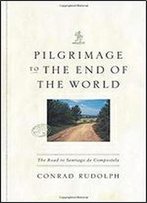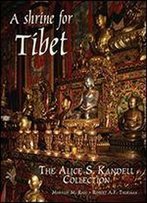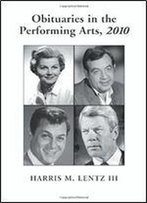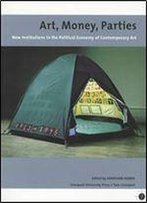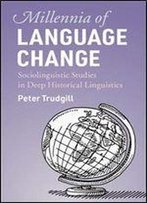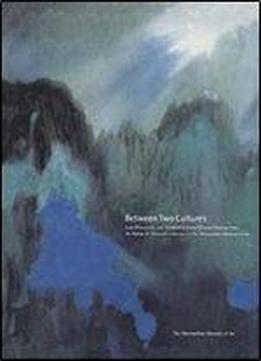
Between Two Cultures: Late-nineteenth- And Twentieth-century Chinese Paintings From The Robert H. Ellsworth Collection
by Wen Fong /
2013 / English / PDF
74.8 MB Download
Between Two Cultures, by Wen C. Fong, based on a selection of modern Chinese paintings from the Robert H. Ellsworth Collection in The Metropolitan Museum of Art, explores the crucial period from the 1860s to about 1980, when Chinese painting was transformed into a modern expression of its classical heritage. Unlike classical Chinese painting dating from before 1860, which has commanded in-depth study from a learned and sophisticated audience in the West, modern Chinese painting has been little explored. The first comprehensive assemblage in the West of paintings on this subject, the Robert H. Ellsworth Collection comprises works in the classical Chinese medium of ink on paper and in the traditional formats of scrolls, album leaves, and fans.
The volume deals with both traditionalist and modernizing Chinese masters from the comparative perspectives of East and West, traditional and modern. Dr. Fong begins his exploration with the last revival of traditional Chinese art, that of the epigraphic school of painting, and the rise of a populist art in the late nineteenth and early twentieth centuries in the cosmopolitan city of Shanghai. His discussion continues with painters who absorbed the lessons of Western realism, which they viewed as part of Western science and technology. Special attention is devoted to Xu Beihong (18951953) and Fu Baoshi (19041965), who followed the teachings, respectively, of the cole des Beaux-Arts in Paris and the Japanese Nihonga style. The work of three great traditionalist masters, Qi Baishi (18631957), Huang Binhong (18651955), and Zhang Daqian (18991983), is also analyzed, with emphasis placed on Qi and Zhang as professional populist painters. This is followed by a discussion of painting in mainland China from about 1950 to the 1980s by the second generation of artists and teachers in the national academies. These painters, having been trained by traditionalist and Western-style teachers, developed their own schools of influence in their search for a new synthesis of Chinese and Western methods.
One of the central questions posed in the book is, what is "modern" in twentieth-century Chinese painting? Some view modernity as the Westernization of Chinese art others search for elements of modernity in Chinese painting history. The book closes with the author's own reflections on realism, expression, and modernity and, more specifically, the question of creativity in both traditional and modern Chinese painting. [This book was originally published in 2001 and has gone out of print. This edition is a print-on-demand version of the original book.]
